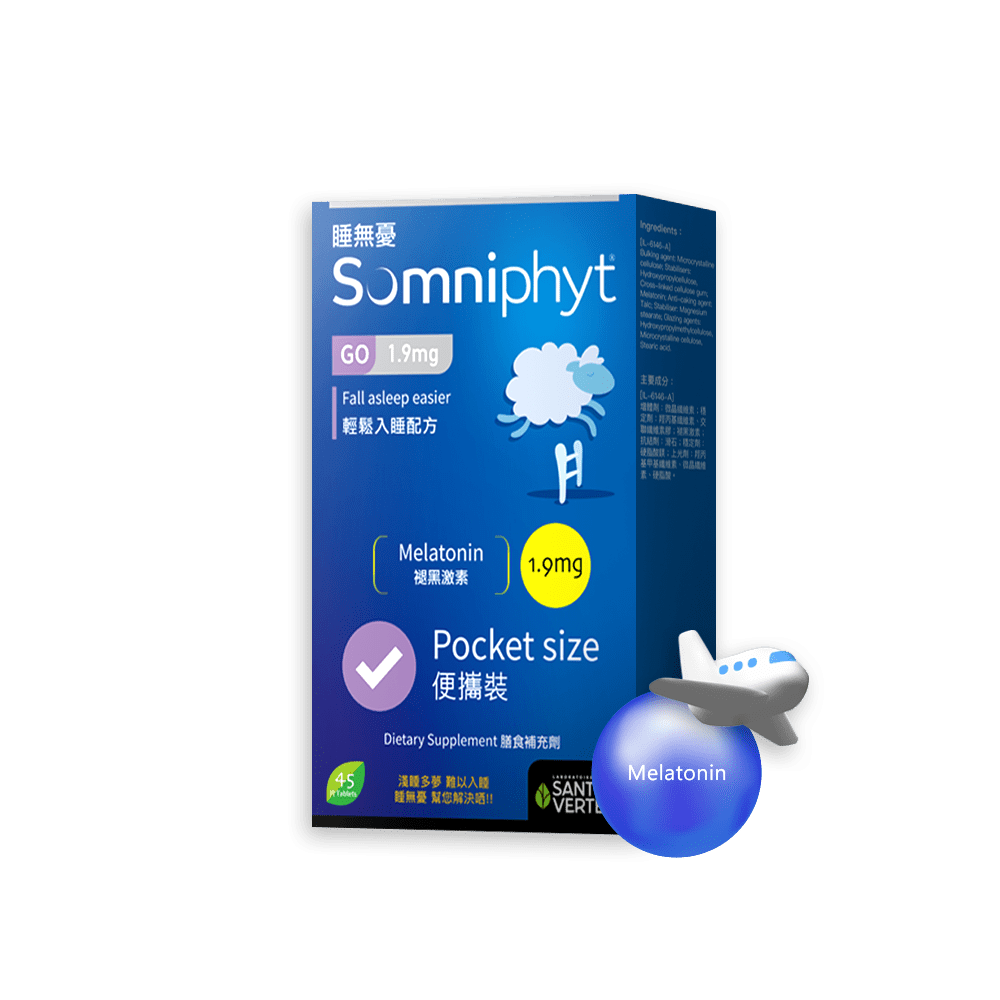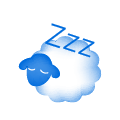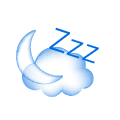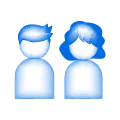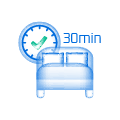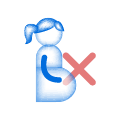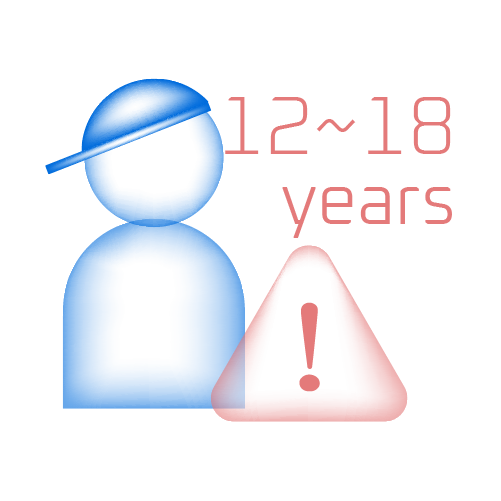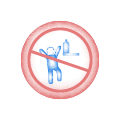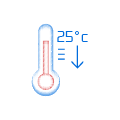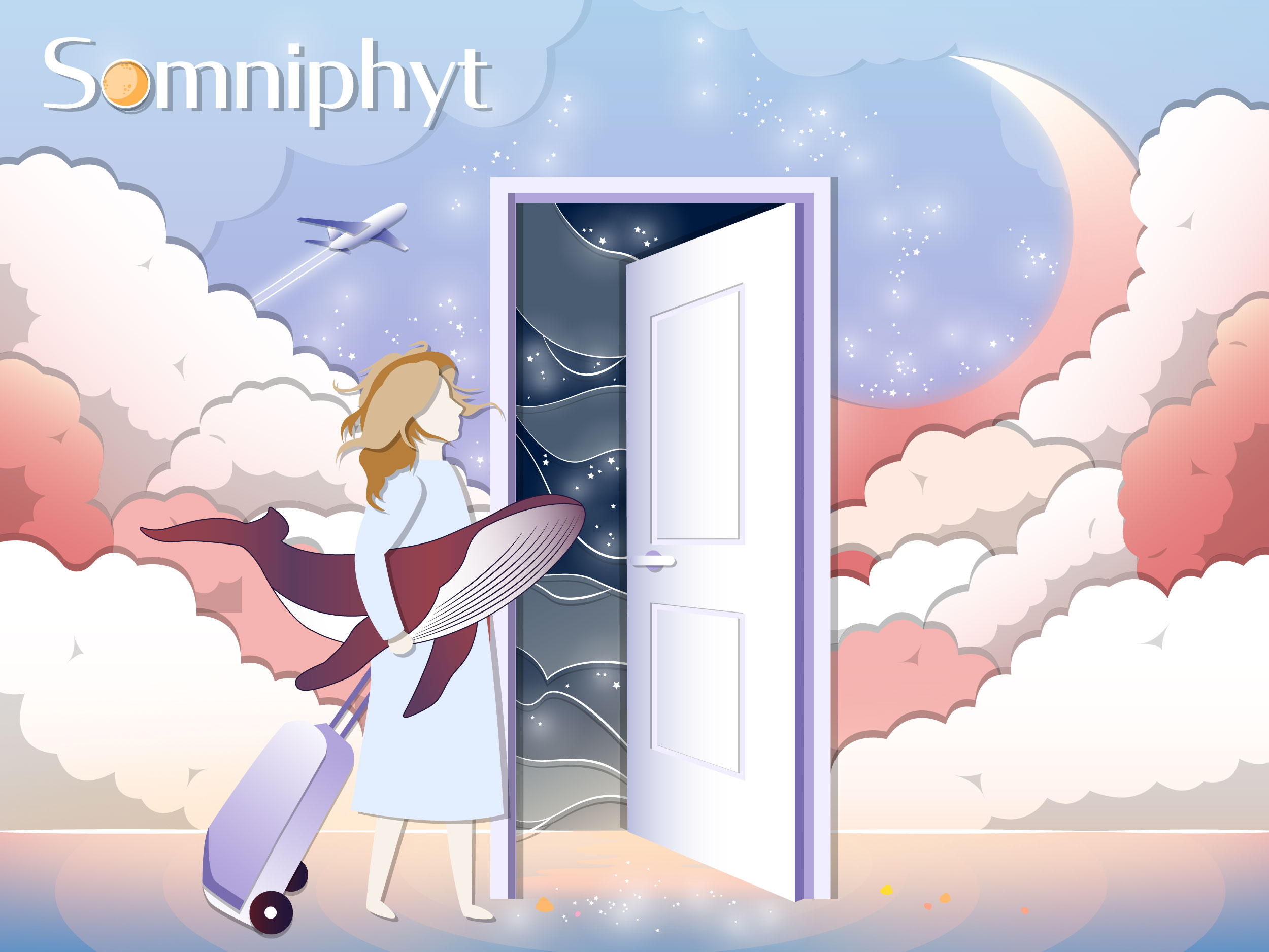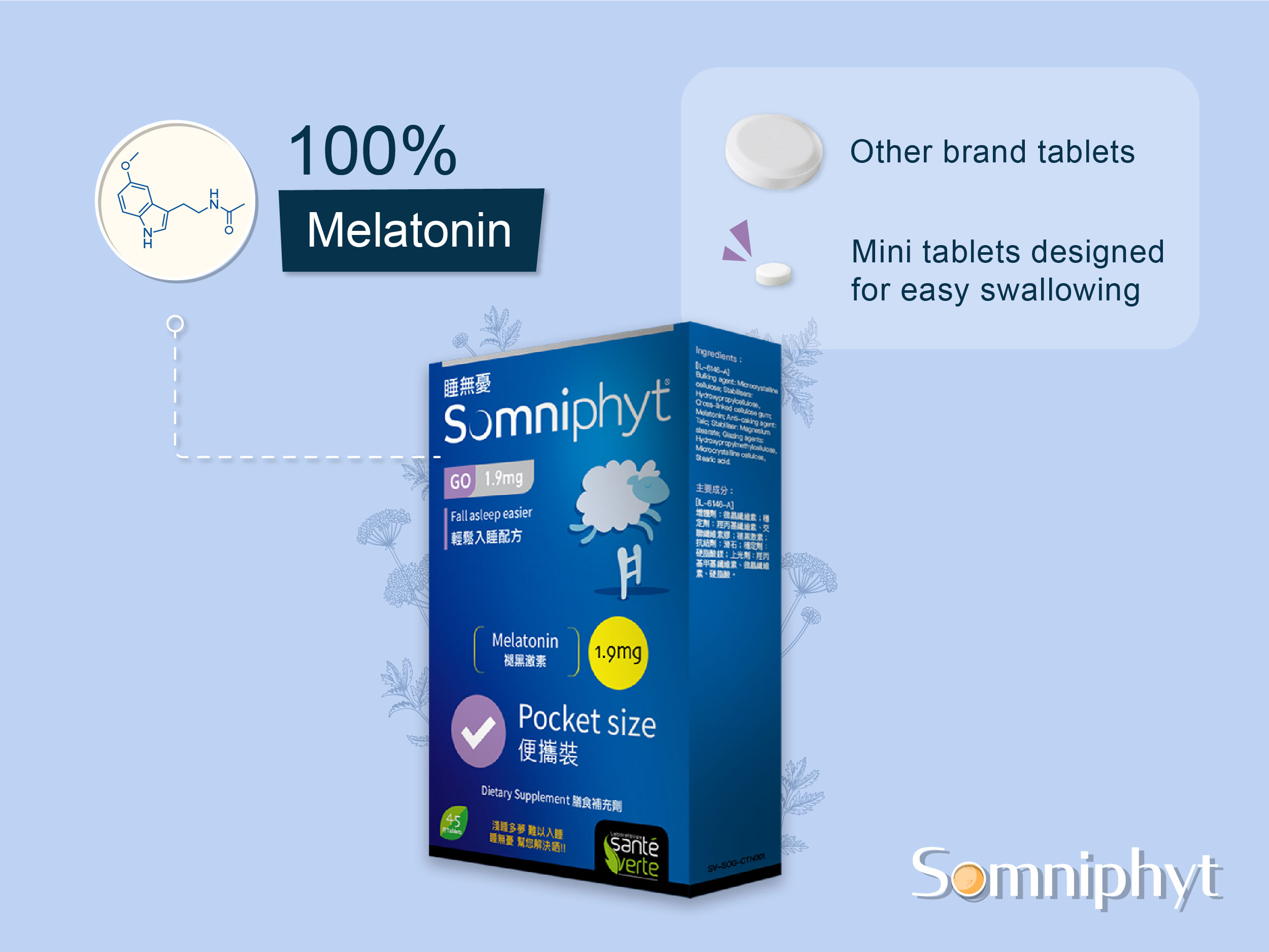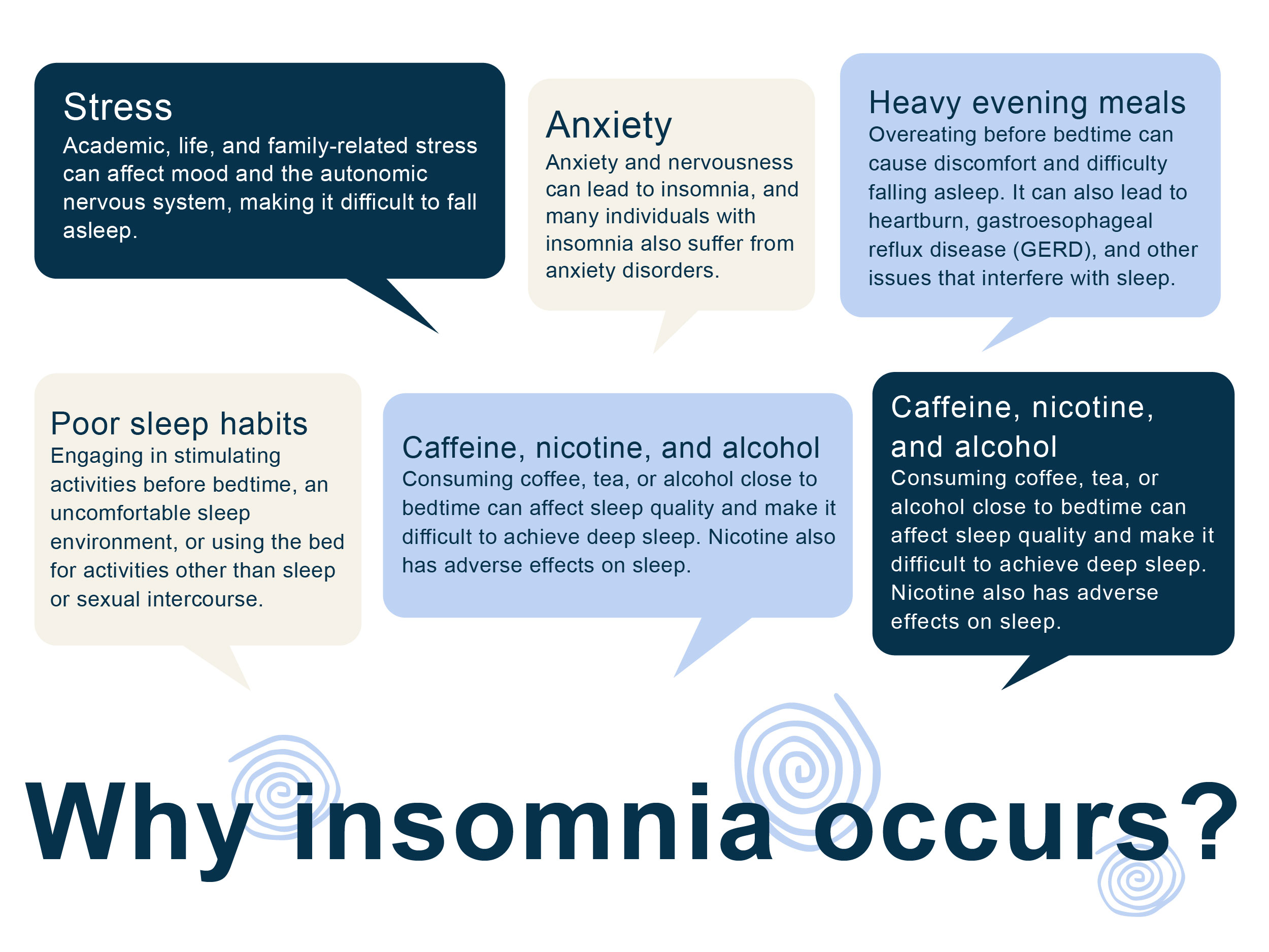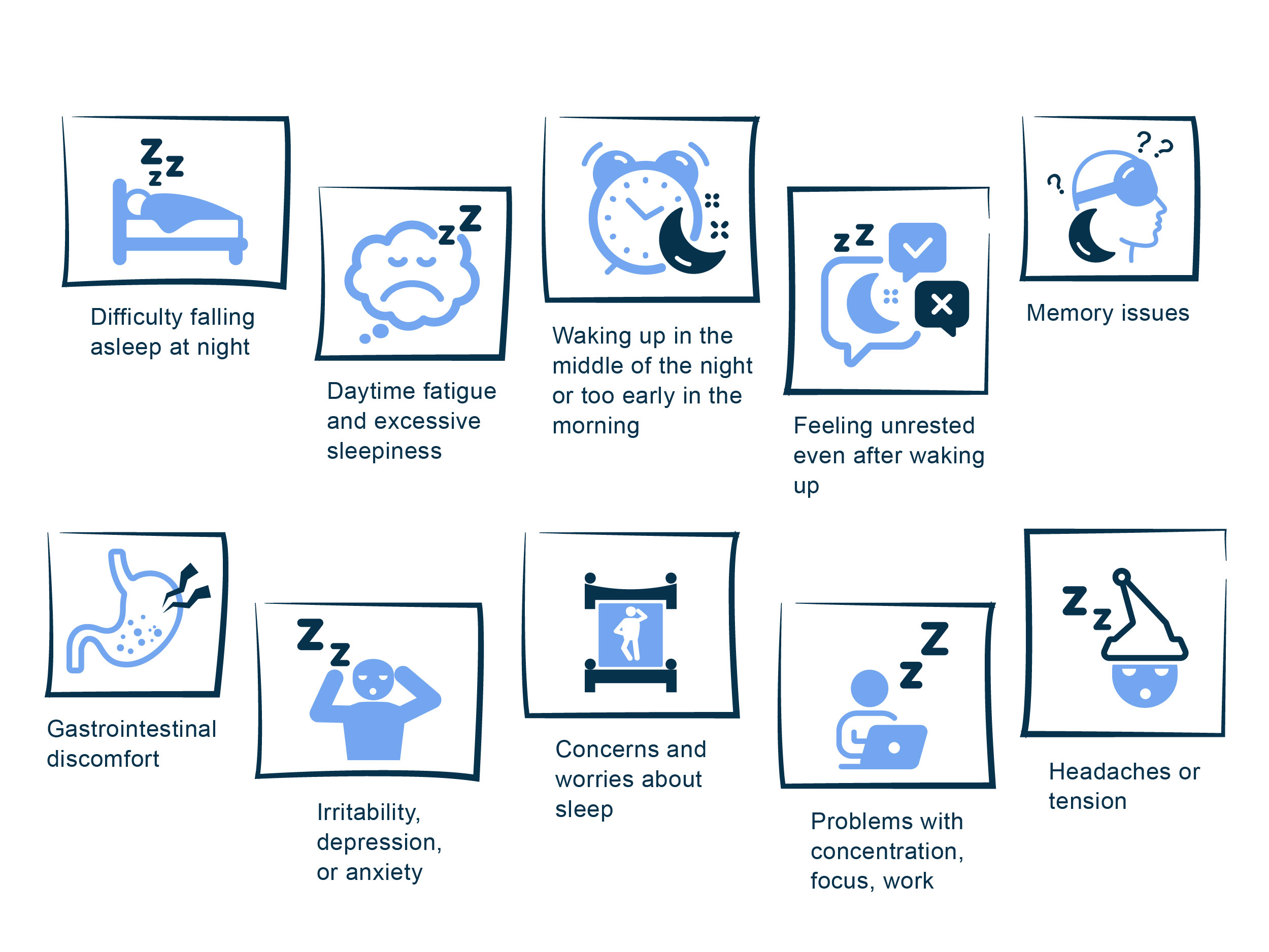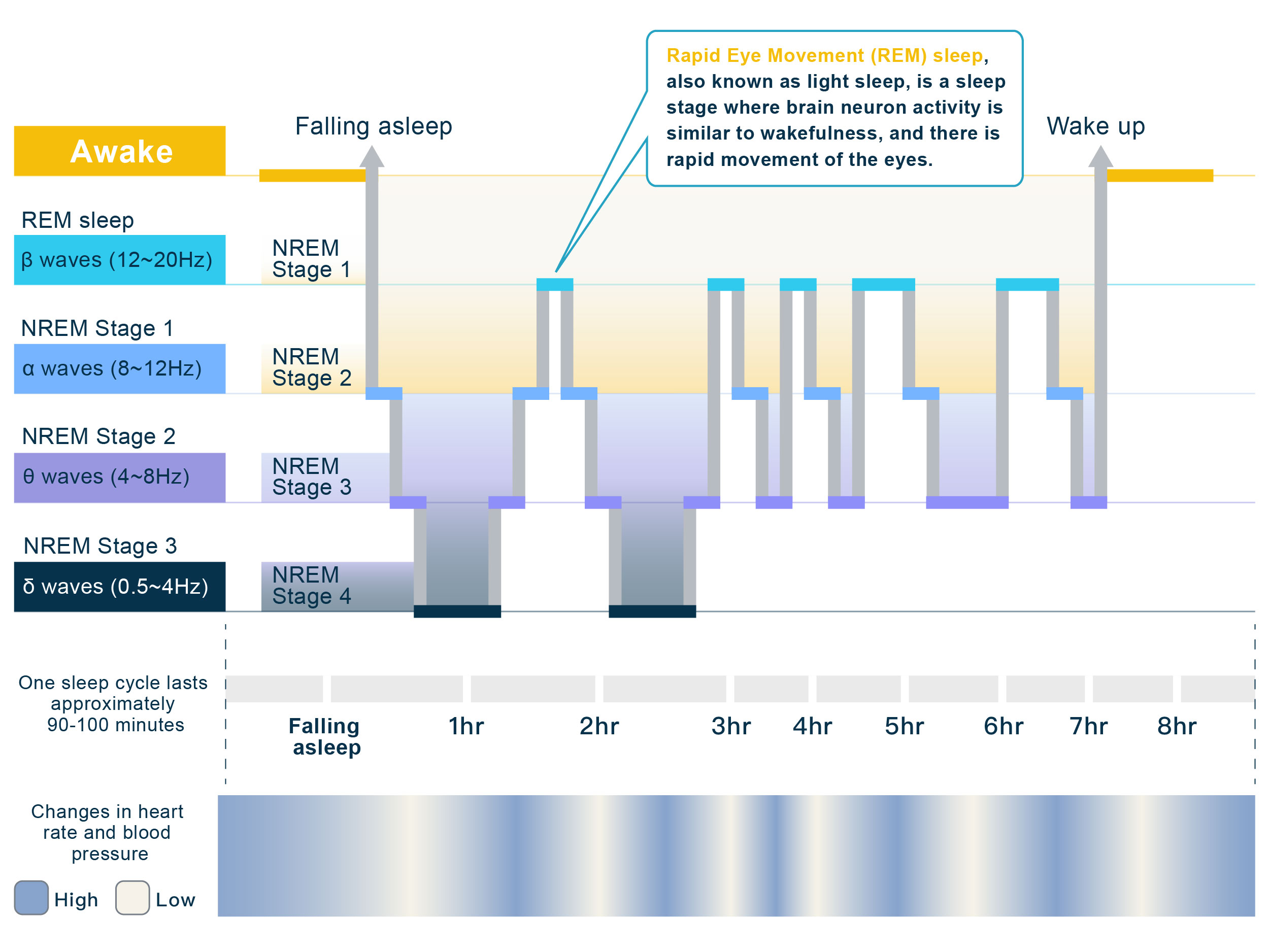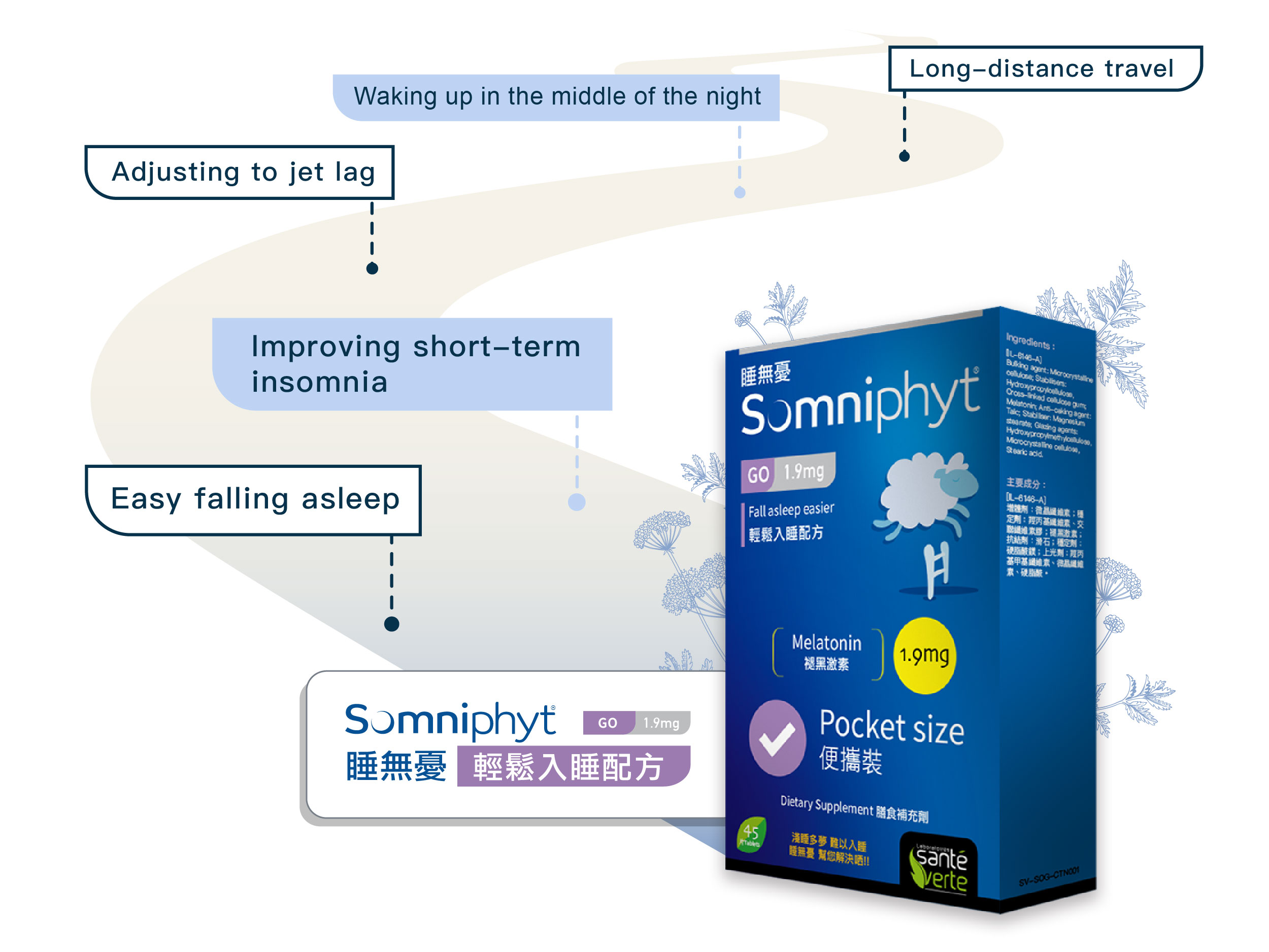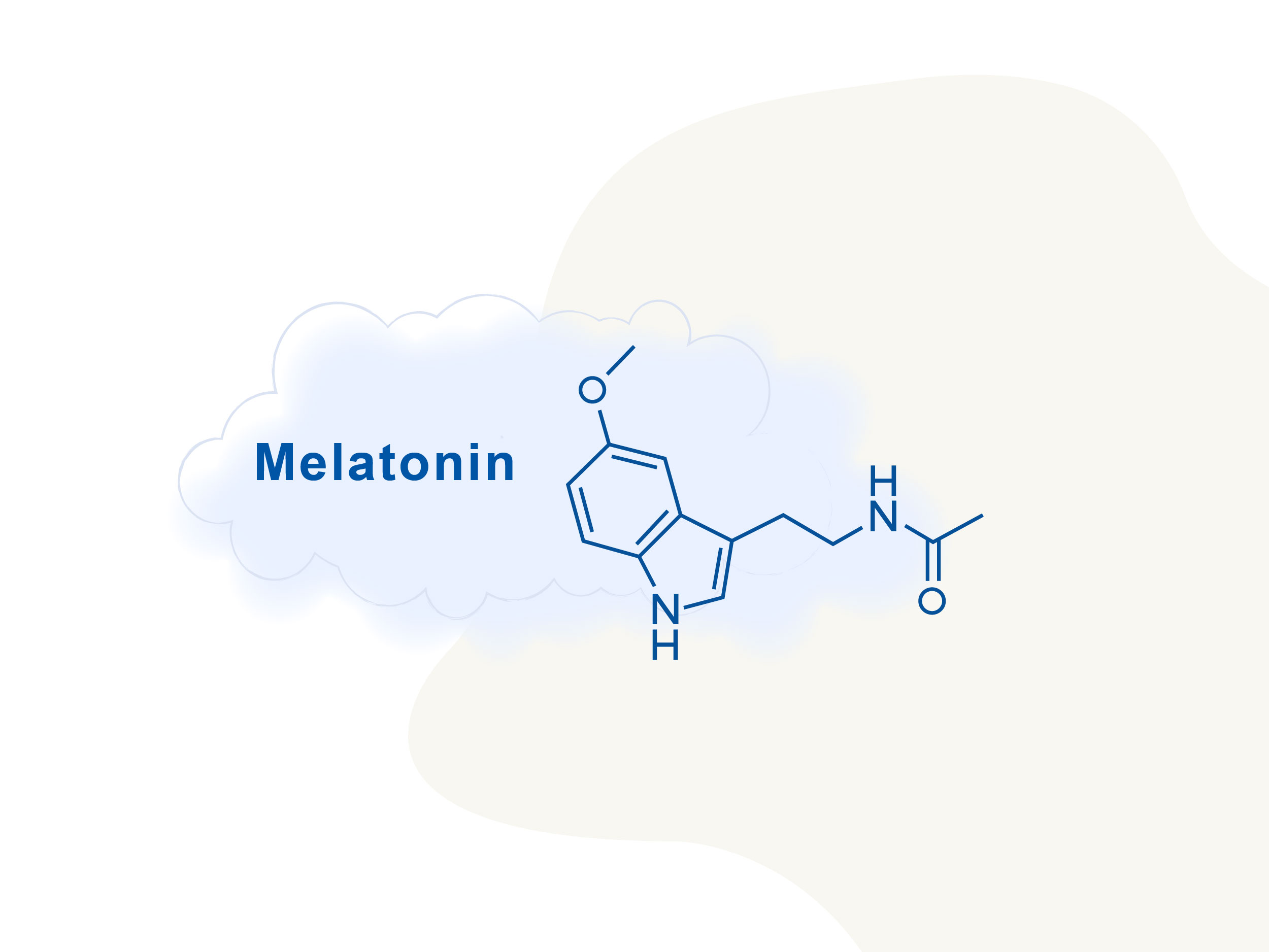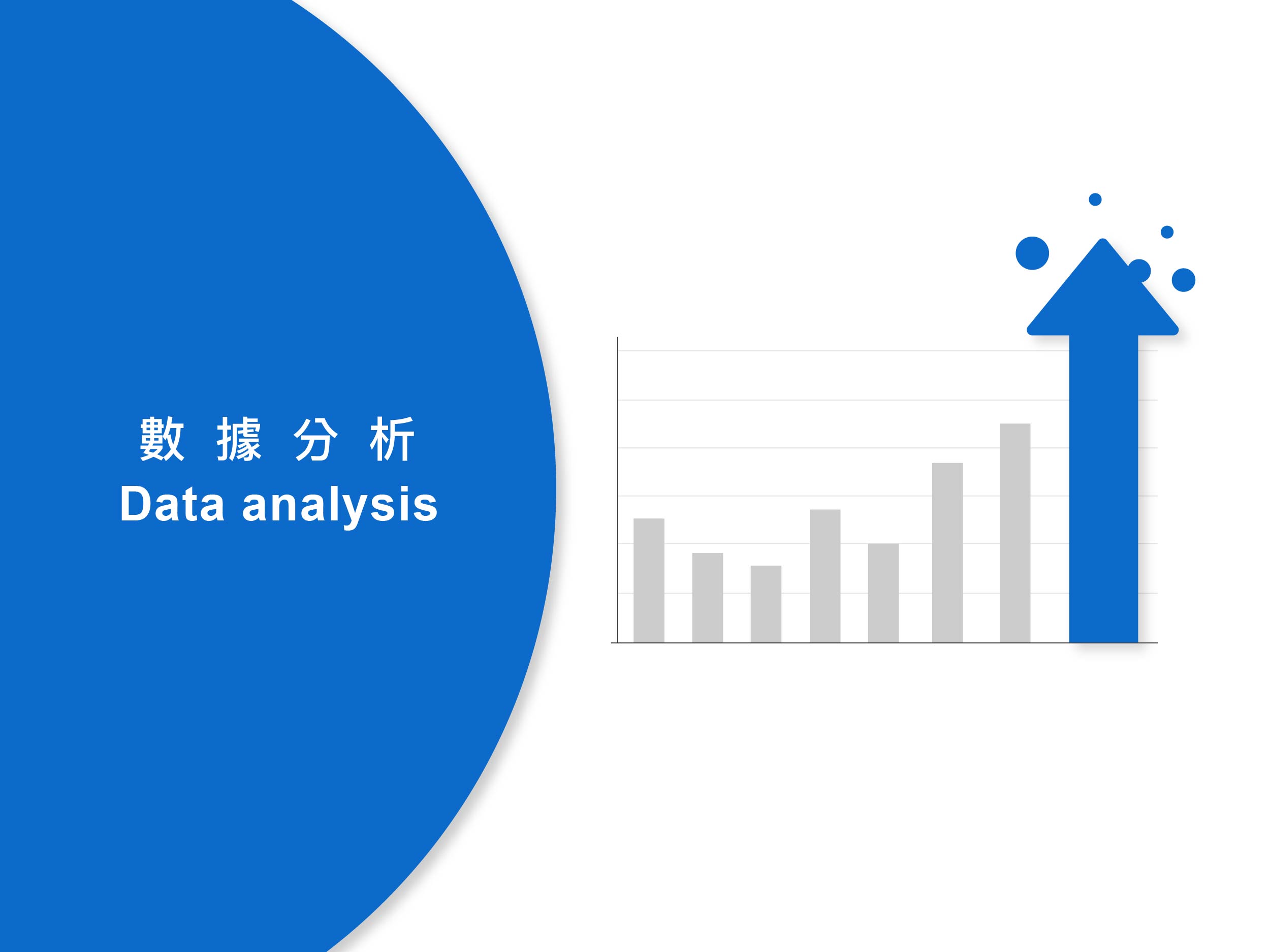Somniphyt® GO
by Sante Verte
IntroductionMedication Usage
Good days start with good nights
Somniphyt-GO
Ingredient Information
Causes of insomnia
Various factors can contribute to insomnia, such as mental disorders like anxiety and depression. The following are common causes of insomnia.
Symptoms of insomnia
The characteristic symptom of insomnia is difficulty falling asleep, but there are other symptoms caused by insufficient sleep. Common signs and symptoms include.
Insomnia can be classified into the following 4 types based on its symptoms :
1.Difficulty falling asleep : It is challenging to initiate sleep and requires a long time to fall asleep.
2.Difficulty maintaining sleep : It is difficult to achieve deep sleep or sleep is easily interrupted.
3.Early awakening : Sleep duration is shorter compared to the general population, resulting in waking up early and
difficulty returning to sleep.
4.Non-restorative sleep : Despite getting sufficient sleep at night, individuals still feel extremely tired during the day.
If the above symptoms of insomnia occur more than three times per week, affecting daily routines and emotions for a period exceeding three months, it is considered clinical “insomnia.”
Insomnia can also be classified based on its duration into the following 2 types :
1.Short-term insomnia (also known as acute insomnia) : Lasting for a few days or weeks, with symptoms not exceeding three months and often having identifiable stress and causes.
2.Chronic insomnia : Occurring at least three times per week and lasting for more than three months, usually with complex and difficult-to-identify causes.
When should you seek medical attention?
If insomnia persists for more than three months or if there is a severe and sudden onset of insomnia, it is recommended to consult a healthcare professional to identify the underlying causes and prevent the worsening of sleep problems.
Understanding the “sleep cycle” for better sleep quality
Non-Rapid Eye Movement (NREM) sleep is divided into three stages based on brain wave patterns :
NREM Stage 1 and 2: Light sleep
NREM Stage 3 and 4: Deep sleep
The image shows a standard sleep cycle chart, starting from falling asleep and ending after 8 hours upon waking up. It illustrates that non-rapid eye movement (NREM) sleep consists of three stages, followed by rapid eye movement (REM) sleep, and they alternate. The horizontal axis represents hours, and the lower the stage, the deeper the sleep. The bottom of the chart indicates that heart rate and blood pressure decrease during NREM sleep and increase during REM sleep.
*NREM sleep consists of three stages: Stage 1, Stage 2, and Stage 3. After completing these stages in order, the sleep cycle returns to Stage 2 and Stage 1, concluding one cycle of NREM sleep. Stage 1 and Stage 2 are lighter sleep stages, while Stage 3 allows for deeper sleep, serving the important function of rest for the brain and body.
We sincerely recommend the following to individuals with the following issues
Ingredient Introduction
Melatonin
Melatonin is a hormone secreted by the pineal gland in the brain and plays a crucial role in regulating the body’s biological clock. Melatonin levels in the human body fluctuate in a 24-hour cycle, with levels rising at night and decreasing during the daytime.
- Melatonin can improve sleep disorders, such as reducing the time it takes to fall asleep, increasing the overall sleep duration, and enhancing sleep quality.
- Melatonin is considered to have fewer side effects and is non-addictive. Current human studies have shown that taking 2 milligrams of sustained-release melatonin daily for 6 months did not result in severe side effects, and there was no development of tolerance even with long-term continuous use.
- It is generally recommended to take melatonin 30 minutes before bedtime. As for the recommended dosage, it is best to start with a low dose of 0.5mg.
Is insomnia a common problem?
According to the World Health Organization (WHO), nearly 30% of the global population has experienced sleep difficulties, with a higher prevalence among women. Women are more sensitive and prone to anxiety and depression, which contribute to insomnia. Insomnia affects individuals of various ages, and the chances of experiencing insomnia increase with age.
For more information about “Anxiety and depressive mood” please click here to the “SEROTISOL Boost” or “SEROTISOL Restore” page.
*Friendly Reminder : Before using this product, please consult a specialist or professional healthcare provider if you are a child, or pregnant woman.
